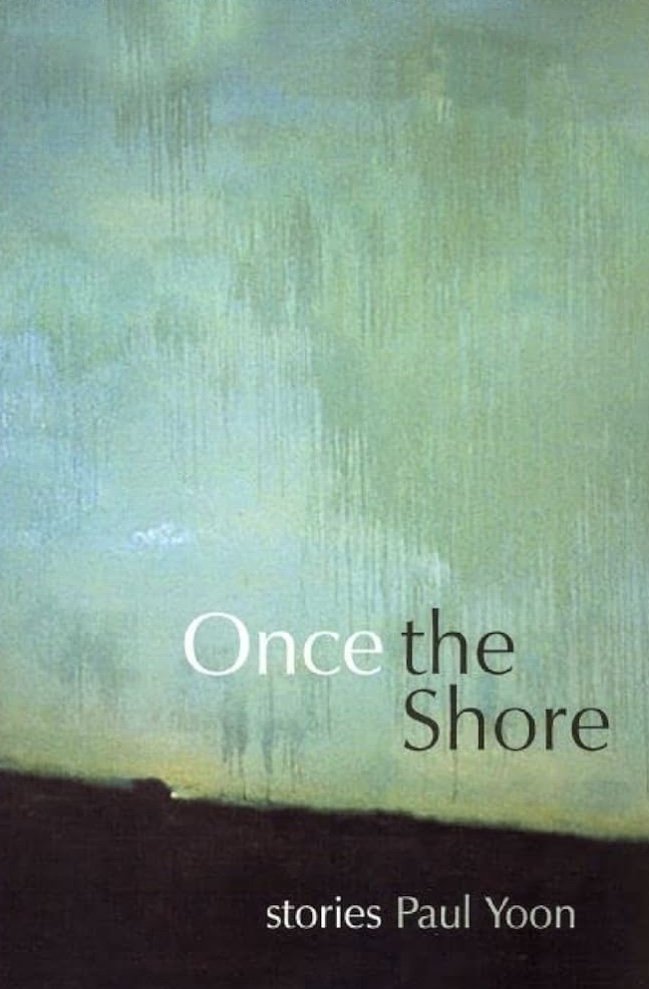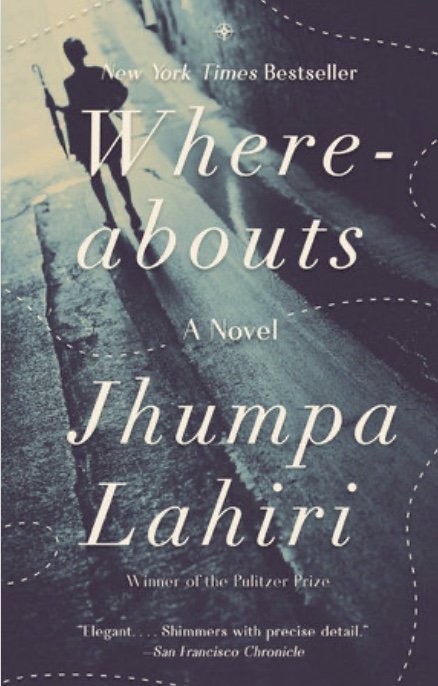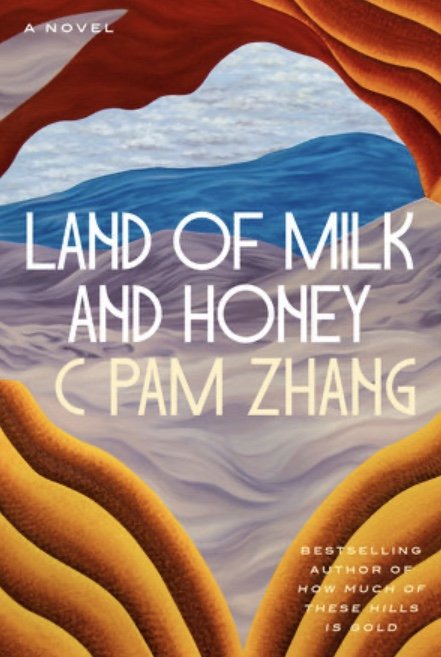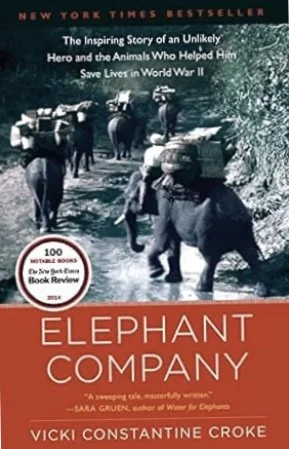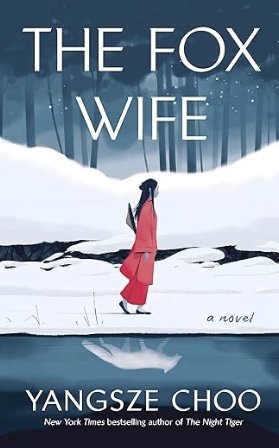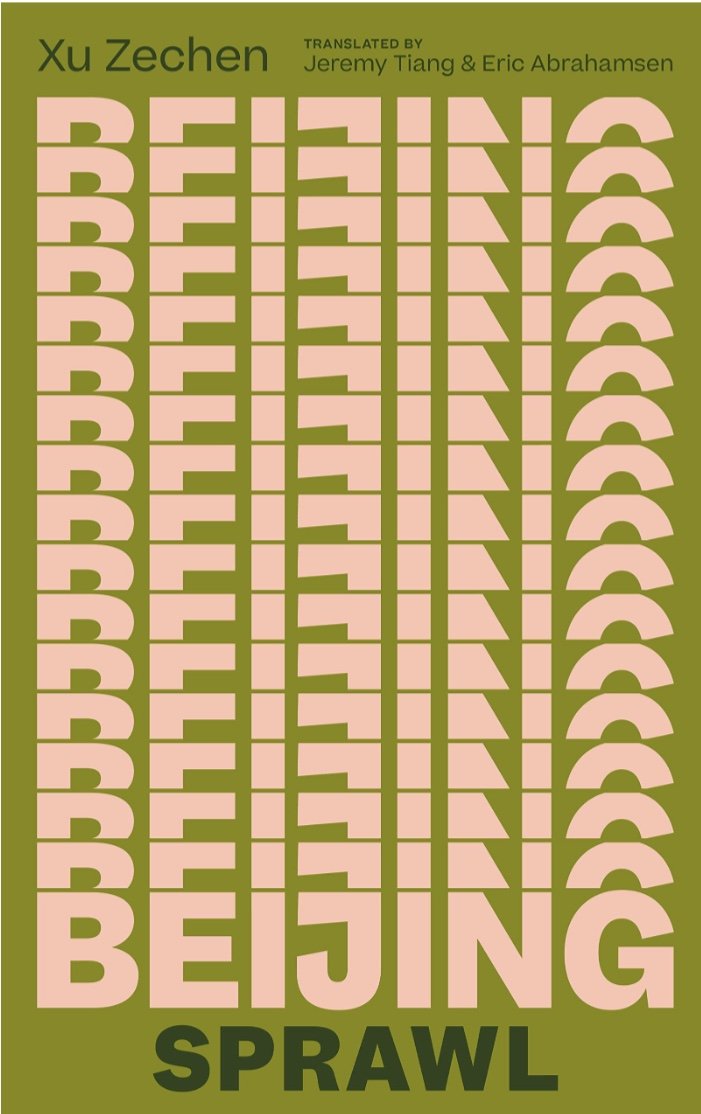Once the Shore by Paul Yoon (Sarabande Books)
Floating across the landscape of Solla, one of the many islands lying off the coast of Korea in the East China Sea, are eight enigmatic stories. The characters within them are as mysterious and evanescent as rain-drenched spiderwebs, each embodying a different part of the island’s history and each one of them abandoned in mid-moment. The ends of their stories are left for the reader to imagine, based upon the hints that were strewn through each of their narratives.
An aging American widow comes to a resort on Solla, searching for traces of the man her husband once might have been. An elderly couple in 1947 take their ancient trawler to the site of U.S bomb tests that destroyed twenty Korean fishing boats, one of which held their only son. A woman who owns a shop in a Solla tourist town has her past return to confront and betray her. A sixty-year-old “sea woman” dives into the depths of the ocean as she has every day since she was thirteen, her only friend a boy who lost his arm to a shark and who longs for her to bring him a sea turtle. An American deserter upsets the peace of a Solla mountain village by overstaying his welcome and befriending a young crippled village girl. A farmer sells his land to a developer with “fingers clean as polished silver” and plans to turn it into a hotel that will overlook a golf course, while his young daughter, haunted by a ghost who wears the dress of her dead mother, furiously opposes his decision. An orphan girl who has been employed by an “American hospital” watches cargo trucks deliver men on stretchers, soldiers who have come from Australia, France, Greece, to fill a thousand beds in a place that had once been a vocational school run by the Japanese. A young married couple live in a highrise building among the tourist businesses of Solla City, making their living through tourism in a world of hotels and markets that sell souvenirs.
Through the kaleidoscope of these stories, the history of Solla island is made tangible and the island itself takes on a substance that eludes the lives of the people who pass over it like clouds. Solla, with its caves and forested hills and Tamra Mountain rising above it all, is described so meticulously that it comes as a shock when Yoon admits it has never existed at all. Its alluring beauty can be visited only in these pages.
The eerie shadow-lives of the characters in Once the Shore exist as faded silhouettes against an island whose history is being devoured by war and international businesses. The young couple in the final story exist in a different universe from the old woman who dove for fish. They visit parts of their island as tourists, divorced from what exists beneath the commercial facade. When they go to Tamra Mountain, they hire a guide. Solla no longer belongs to them, unlike the sea woman who took possession of the ocean every day. Within its depths “the world consisted of light towers, sunlit, and she swam among them,” every day for more than half a century, knowing she is one of the last to have “carried seawater within them.”
The young couple whose lives are consumed by tourism are unaware of how Solla’s “winds, like great birds, came in from the sea” or the majesty of its “trees, slow moving and wide as ships.” They are unable to see the beauty of its twilight, with the sea’s “silver reflections folding over one another like the linking of fingers.” When they buy a platter of abalone from a sea woman in a tourist market, they have no idea they’re in the company of the island’s fading history.
Through Yoon’s stories, the glory of an imaginary place becomes real and its gradual loss becomes a sharp and bitter grief.~Janet Brown
